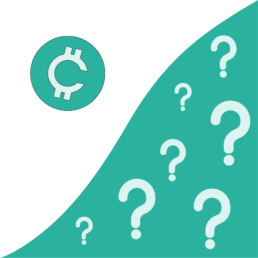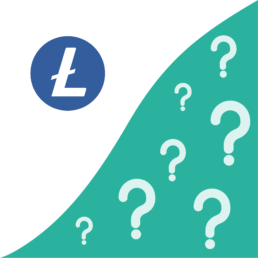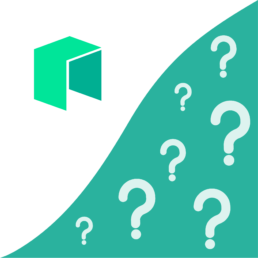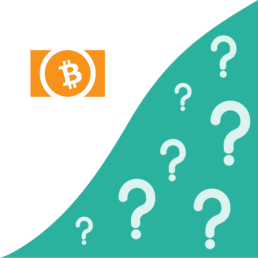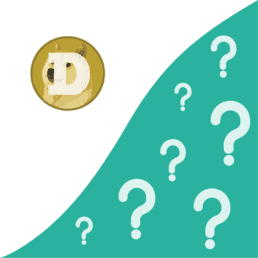What is Stellar?
Stellar is an open network launched in 2015, used for storing and moving money. Jed McCaleb, the co-founder of Ripple, also founded Stellar and in a similar way to Ripple, Stellar aims to connect financial institutions and reduce the fees and time for cross-border payments. Stellar has its own token called Lumen.
Stellar is built around providing easy integration through API and SDK’s to enable any given finance application to work on the network. For example global payment apps, asset exchanges or even a micropayment service.
When the Stellar network went live, 100 billion lumens were created. For the first five years, the supply increased by 1% annually. However, the inflation mechanism was dropped in October 2019 as a result of a community vote and the overall supply of lumens was reduced to 50 billion.
Only 20 billion lumens have ever reached the open market with the Stellar Development foundations retaining the remaining 30 billion lumens. This retention allows the foundation to maintain Stellar’s codebase, give support to the technical and business communities around Stellar and is a speaking partner to regulators and institutions.
How does Stellar work?
Stellar operates in a similar way to many decentralised payment technologies. It has a network of decentralised servers containing a distributed ledger that is refreshed every 2 to 5 seconds on all nodes, but with a different consensus protocol to Bitcoin. This is because the Stellar consensus protocol doesn’t require the miner network to approve and verify the transactions. Instead, it operates on the Federated Byzantine Agreement algorithm, which enables quicker transactions.
The Stellar system processes around 1,000 network processes per second, using a set of ‘trustworthy’ nodes to validate and approve transactions.
Connects institutions
Stellar gained considerable popularity as a result of a partnership formed with IBM in 2017, enabling the network to work with currency corridors in the South Pacific.It also enabled connections between small businesses, non-profits and local banking institutions.
Learn more about cryptocurrency
What is Bitcoin?
What is crypto
What is Ethereum?
What is crypto
What is Cryptocurrency?
What is crypto
What is a Blockchain?
What is crypto
What is Money?
What is crypto
What is DeFi?
What is crypto
What is Chainlink?
What is crypto
What is a Whitepaper?
What is crypto
What is an ERC-20 Token?
What is crypto
What is Proof of Stake?
What is crypto
What is Proof of Work?
What is crypto
What is Tezos?
What is crypto
What is a Stablecoin?
What is crypto
What is Litecoin?
What is crypto
What is Cardano?
What is crypto
What is NEO?
What is crypto
What is Monero?
What is crypto
What is Bitcoin Cash?
What is crypto
What is Polkadot?
What is crypto
What is Basic Attention Token?
What is crypto
What is Solana?
What is crypto
What is Binance Coin?
What is crypto
What is Dogecoin?
What is crypto
What is a Bitcoin ETF?
What is crypto
What is a NFT?
What is crypto
Sign up to our newsletter
What is cryptocurrency?
Where to buy cryptocurrency?
How to buy cryptocurrency?
Manage cryptocurrency
Disclaimer
Our publications do not offer investment advice and nothing in them should be construed as investment advice. Our publications provide information and education for investors who can make their investment decisions without advice. The information contained in our publications is not, and should not be read as, an offer or recommendation to buy or sell or a solicitation of an offer or recommendation to buy or sell any cryptocurrency. Prices of cryptocurrency may go down as well as up and you may not get back the original amount invested. You should not buy cryptocurrency with money you cannot afford to lose. To see our full disclaimer click here.



